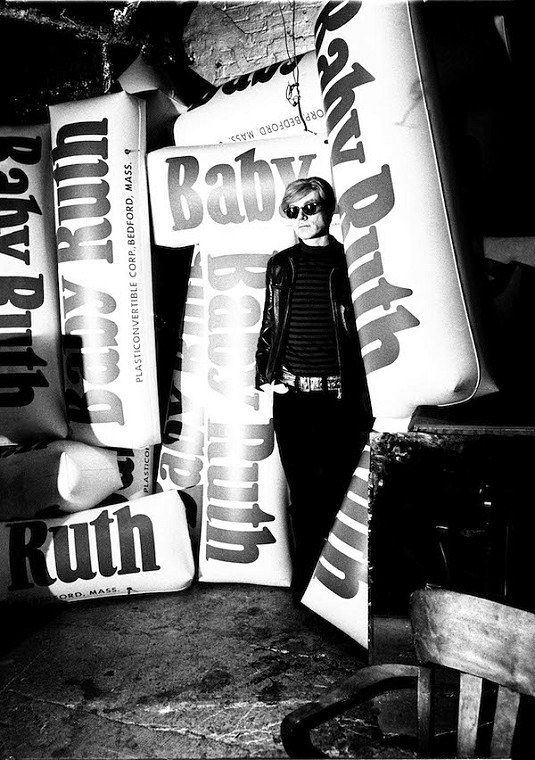
Andy Warhol with Giant Baby Ruth Bars, 1966 – silkscreen, 25 x 19 in., edition of 30
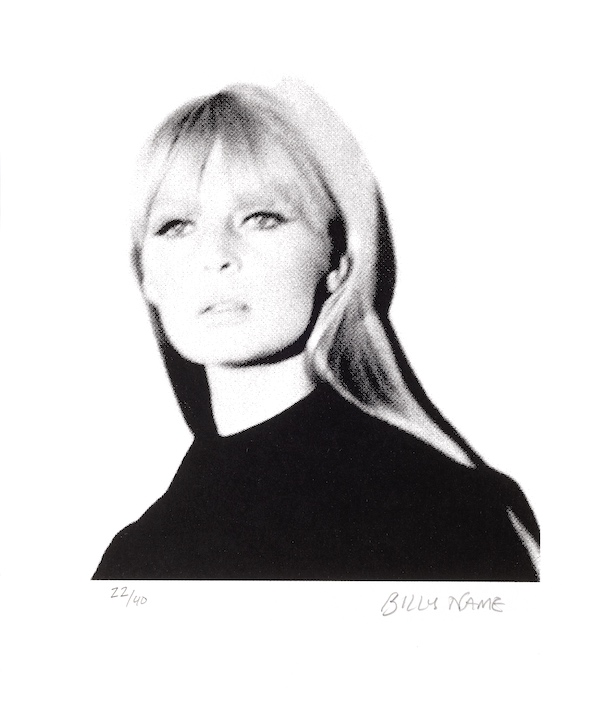
Nico #2, 1967 – silkscreen, 11 x 9.5 in., edition of 40
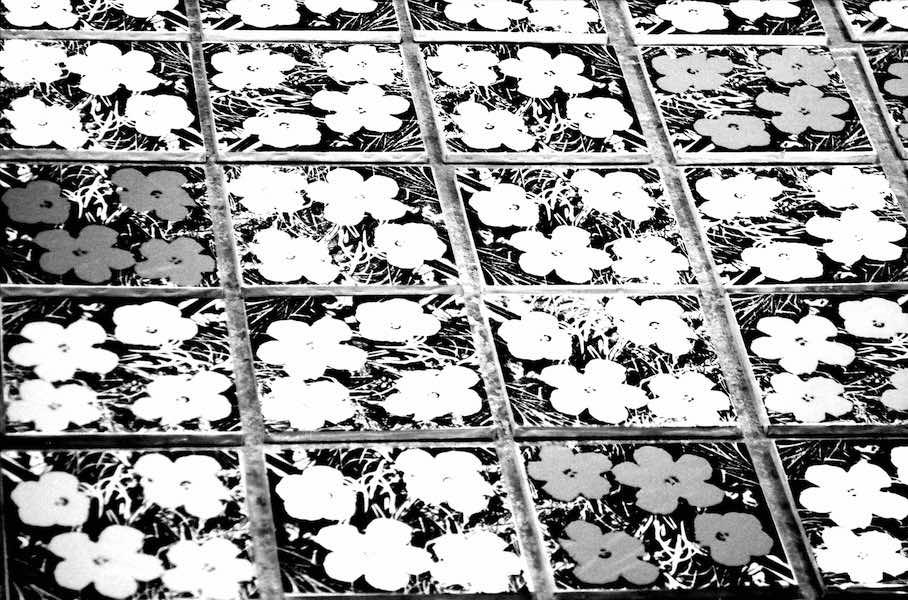
Flowers Paintings at the Factory, 1964 – silkscreen, 18 x 25 in., edition of 40
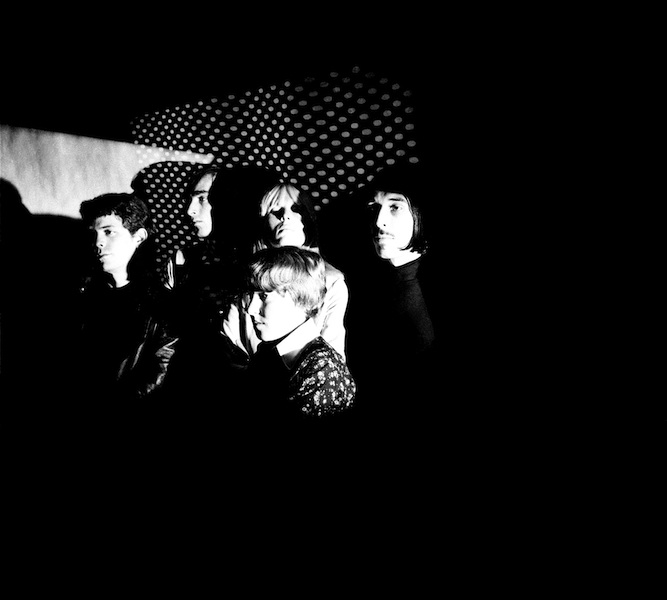
The Velvet Underground, 1967 – silkscreen 14 x 17.5 in. , edition of 50
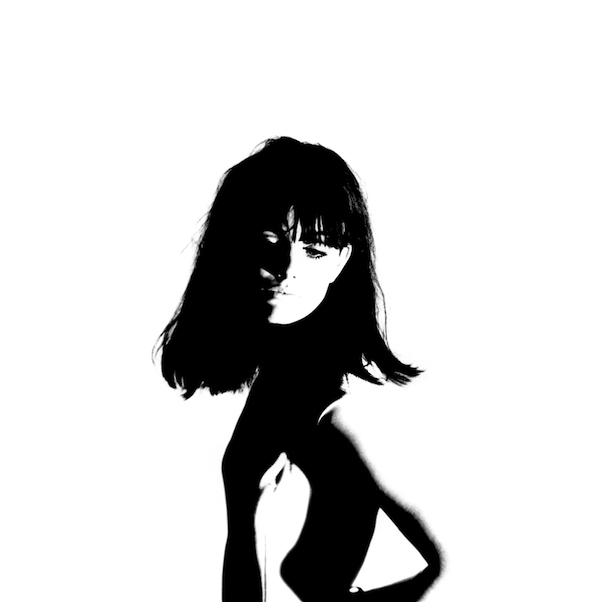
Susan Bottomley, International Velvet #2, 1966 – silkscreen 25 x 19 in., edition of 40
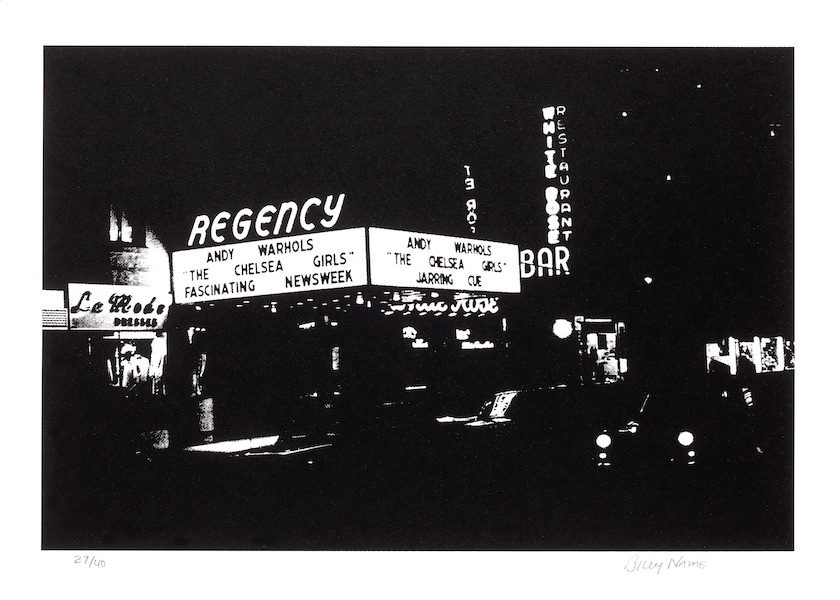
Regency Cinema Chelsea Girls Marquee, 1966 – silkscreen 14 x 17.5”, edition of 40

Andy Warhol with The Velvet Underground, Nico's Son Ari Delon, Mary Woronov, and Gerard Malanga, 1966 - silkscreen
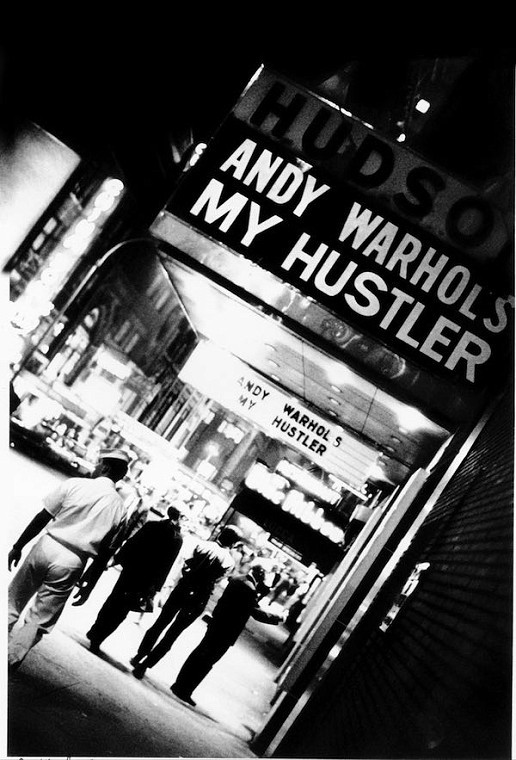
Andy Warhol My Hustler at the Hudson Cinema, 1967
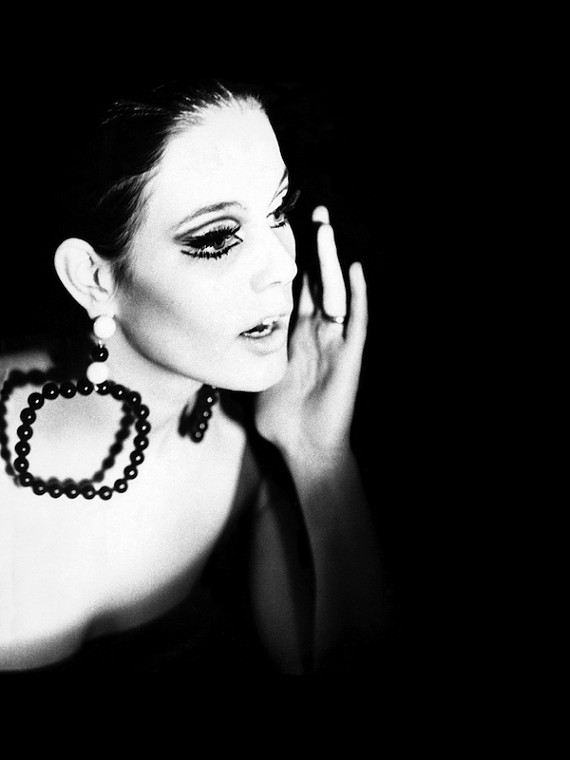
Susan Bottomley, International Velvet #1, 1966 – silkscreen 25 x 19 in., edition of 40
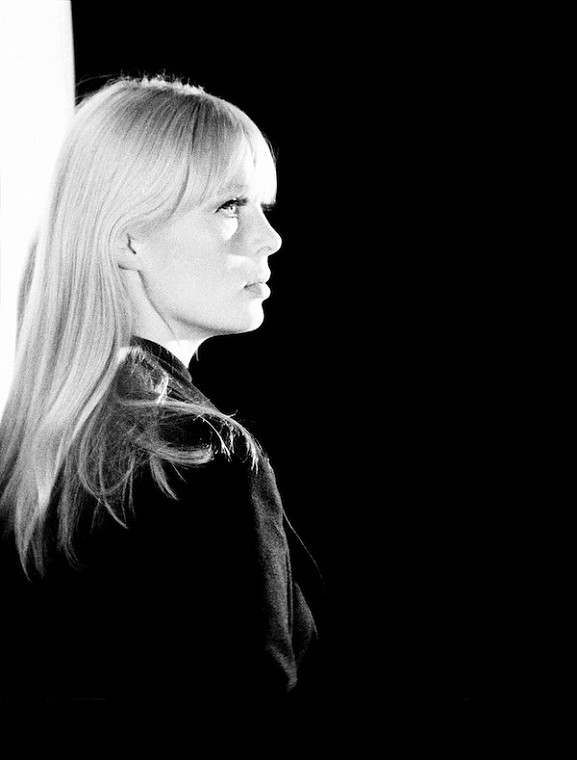
Nico #4, 1967 – silkscreen, 19 x 12.5 in., edition of 30

Nico #3, 1967 – silkscreen, 12.25 x 9.25 in., edition of 60
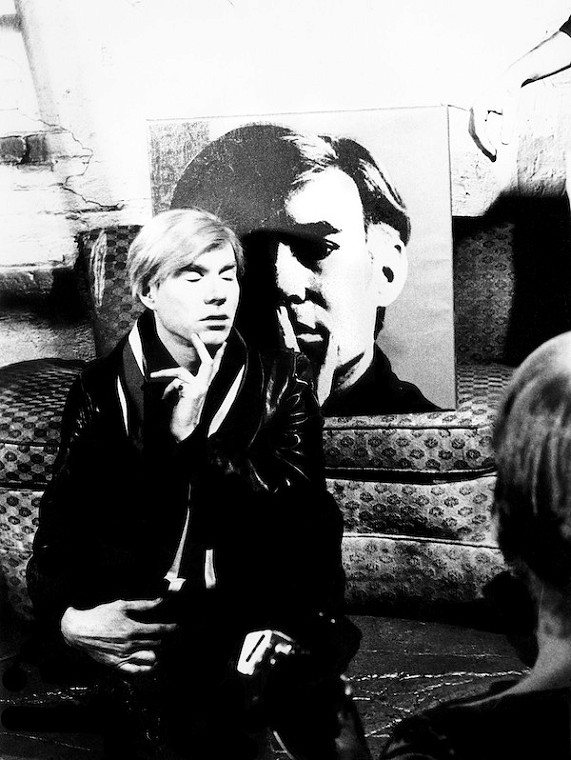
Andy Warhol with Self Portrait, 1967/68 – silkscreen, 25 x 19 in., edition of 30
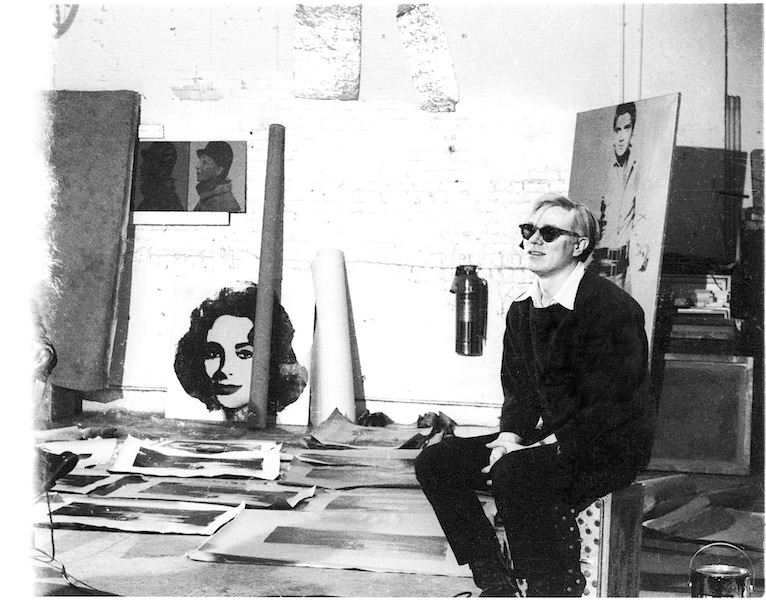
Andy Warhol with Silver Liz Taylor, Silver Elvis, and Electric Chair Paintings, 1964 – silkscreen 19 x 25in., edition of 40
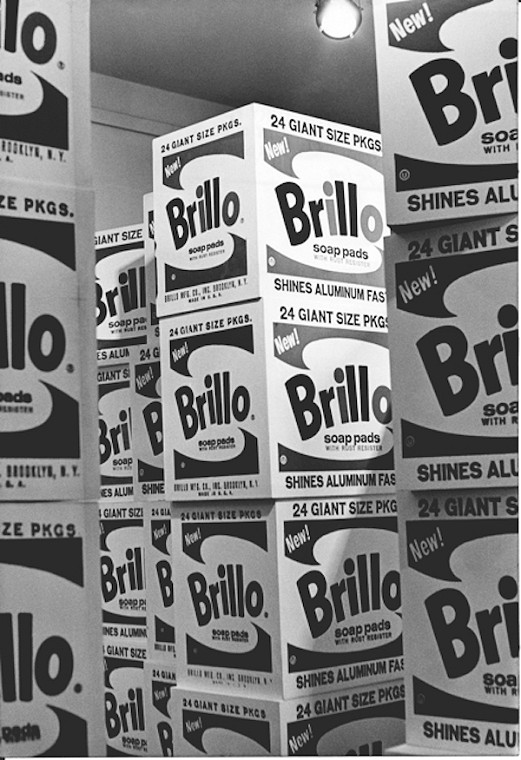
Brillo Boxes at the Stable Gallery, 1964 – silkscreen, 19 x 12.5 in., edition of 20

Edie Sedgwick and Gerard Malanga Filming Vinyl, 1965 – silkscreen, 25 x 19 in., edition of 30
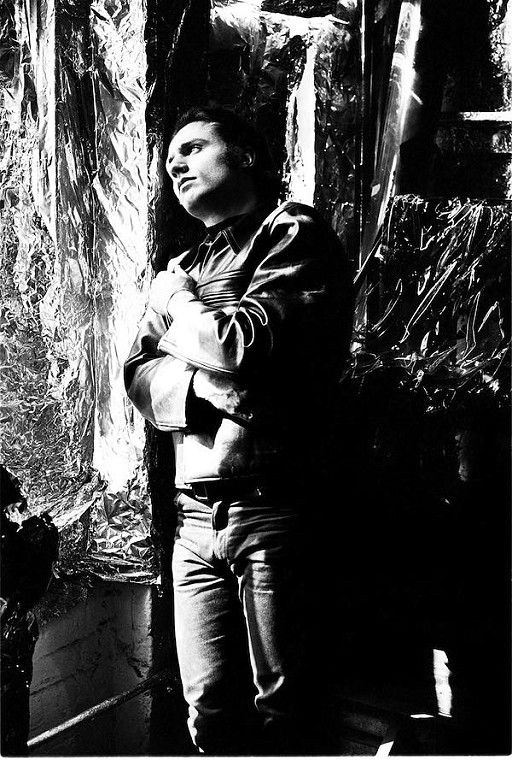
Gerard Malanga by Silver Wall at the Factory, 1964 – silkscreen, 19 x 12.5 in., edition 40
Billy Name – The Silver Age (September 2015)
Billy Name's photographs from 1964 to 1968 are one of the most important photographic documents of any single artist in history, they capture Andy Warhol’s most significant period and offer unparalleled insight into Factory life.
On January 28, 1964, Warhol’s datebook notes, “New Studio 231 East 47th.” The space was a narrow loft on the fourth floor of an industrial building in midtown Manhattan that overlooked the street. It would become The Silver Factory – a microcosm of the sixties and a focal point of avant-garde history.
After visiting Billy’s apartment on the Lower East Side, Warhol asked him to decorate his new loft. So, for the first six months of 1964, living in a tiny closet at the Factory, Billy was responsible for the legendarily ‘silverizing’ the space. He covered every square inch of the building in silver foil or silver spray paint – or both.
When completed, Andy gave Billy a 35mm Pentax Honeywell camera, which he learnt how to use and then assumed the role of resident photographer and archivist. The photographs document life at the Silver Factory and show artwork creation, the filming of Screen Tests and features like Chelsea Girls, Vinyl and My Hustler, plus images of Factory regulars, including Lou Reed and the Velvet Underground, Nico, Edie Sedgwick and visitors such as Bob Dylan.
Billy Name left the Factory in 1970 leaving most of his possessions, including all negatives and photographic, behind him. In 1989, two years after Andy passed, the Warhol Foundation contacted Billy offering to return the negatives and prints, which they had just discovered. Then, in a nod to Warhol’s famous technique, Billy began producing beautifully stark silkscreens from his negatives.
Please mail info@davidhillgallery.net with any Billy Name exhibition print enquiries.
Billy caught the energy of the Factory scene, but also its sense of sanctuary – a place where the freaks and outsiders could merge with the glamorous under the democratic gaze of Andy’s Super 8. Sean O’Hagan, The Guardian